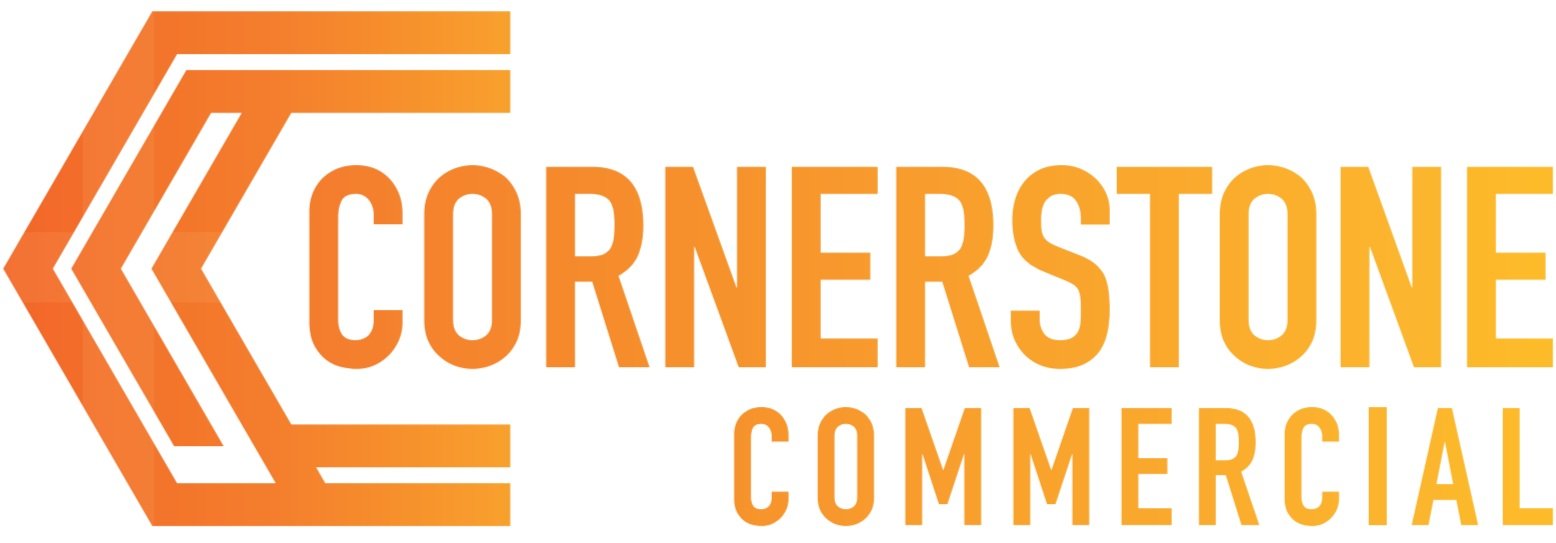Staying Cool: A Contractor's Guide to Summer-Proofing Your Commercial Building
When summer rolls in, commercial buildings face more than just rising utility bills. Excessive heat can strain HVAC systems, disrupt operations, and lead to uncomfortable or even hazardous indoor environments. As a general contractor, we've seen firsthand how proactive building strategies make all the difference. Here's how you can prepare your property to beat the heat and stay efficient all season long.
Understanding the Seasonal Threats
Summers bring more than high temperatures. Buildings endure solar radiation, increased cooling loads, and potential structural wear from expansion and UV exposure. Indoor air quality also suffers if systems aren't optimized. Without preparation, these factors can reduce efficiency, increase costs, and compromise tenant comfort.
Tactical Improvements for Summer Resilience
1. Energy Audit First
Start with a professional energy audit. This provides a clear roadmap of where your building is losing energy and how to fix it. Auditors assess everything from lighting and HVAC usage to insulation performance. The result? A prioritized action plan based on return on investment.
2. Boost Insulation and Tighten the Envelope
Upgraded insulation in attics, walls, and roofing prevents heat from seeping in. Meanwhile, sealing cracks, gaps, and leaky doors/windows keeps cool air inside. Weatherstripping and caulking are low-cost ways to improve thermal integrity.
3. HVAC Optimization
Your air conditioning system works hardest in the summer, so it needs to be in peak shape. Have it serviced before the season begins. Look into high-efficiency units or retrofits, and consider smart thermostats to automate temperature control across zones.
4. Embrace Natural Ventilation
Well-placed operable windows or vented skylights can reduce reliance on mechanical cooling. Encourage airflow by installing louvered vents or cross-ventilation paths. In some climates, passive cooling strategies can dramatically cut energy use.
5. Upgrade Windows and Add Treatments
Older windows tend to leak heat. Consider replacing them with double- or triple-pane insulated glass. Reflective films, blinds, and solar shades also reduce heat gain. Automated shading systems can adjust to the sun's position throughout the day.
6. Cool Roofs Make a Difference
Light-colored or reflective roofing materials bounce sunlight rather than absorbing it. These "cool roofs" reduce the surface temperature of the building and ease the load on your HVAC system. Green roofs (vegetated systems) offer insulation and manage stormwater too.
7. High-Performance Materials
Use advanced materials with high thermal resistance. Concrete, insulated panels, and other thermal mass elements stabilize indoor temperatures by slowly absorbing and releasing heat.
8. Tap into Renewables
Installing solar panels helps offset summer energy loads and can even provide credits or rebates depending on your local utility. Ground-source heat pumps and wind systems are also viable options depending on location and scale.
9. Educate Occupants and Tenants
Share simple tips to reduce cooling demand: closing blinds during peak sun hours, turning off unused lights, or adjusting thermostats slightly. Encourage a culture of efficiency to make a lasting impact.
Going a Step Further: Emergency Readiness for Heat Events
Preparation goes beyond daily operations. Heatwaves and brownouts are increasingly common. Here’s how to plan for worst-case scenarios:
Risk Assessment & Response Planning
Identify high-risk zones in the building and understand who might be most vulnerable (elderly, children, those with medical conditions). Create a written plan with roles, responsibilities, and clear action steps for heat events.
Cooling Stations
Designate specific areas with enhanced cooling, shade, and hydration access. These can be in lobbies, conference rooms, or shaded exterior spaces. Provide seating, misting fans, and drinking water.
Backup Power and Climate Control
Install generators or battery backups to keep HVAC, lighting, and elevators operational during outages. Make sure units are sized to power essential systems and test them regularly.
Effective Communication
Set up emergency alerts via email or SMS to keep tenants informed during heat emergencies. Post signage with cooling protocols and emergency contact information.
Training and Supplies
Stock first-aid kits, water, and portable fans. Train building staff to recognize signs of heat exhaustion and perform basic response measures.
Final Thoughts
Combatting summer heat isn’t about just staying cool – it's about protecting your investment, your tenants, and your bottom line. With smart upgrades, energy planning, and a heat-specific emergency plan, your commercial building can thrive even in peak temperatures. If you need help assessing your building or implementing these strategies, reach out to a contractor experienced in energy-efficient and climate-adaptive retrofits. We're here to help make your building as resilient and comfortable as it can be.
Stay cool out there.
